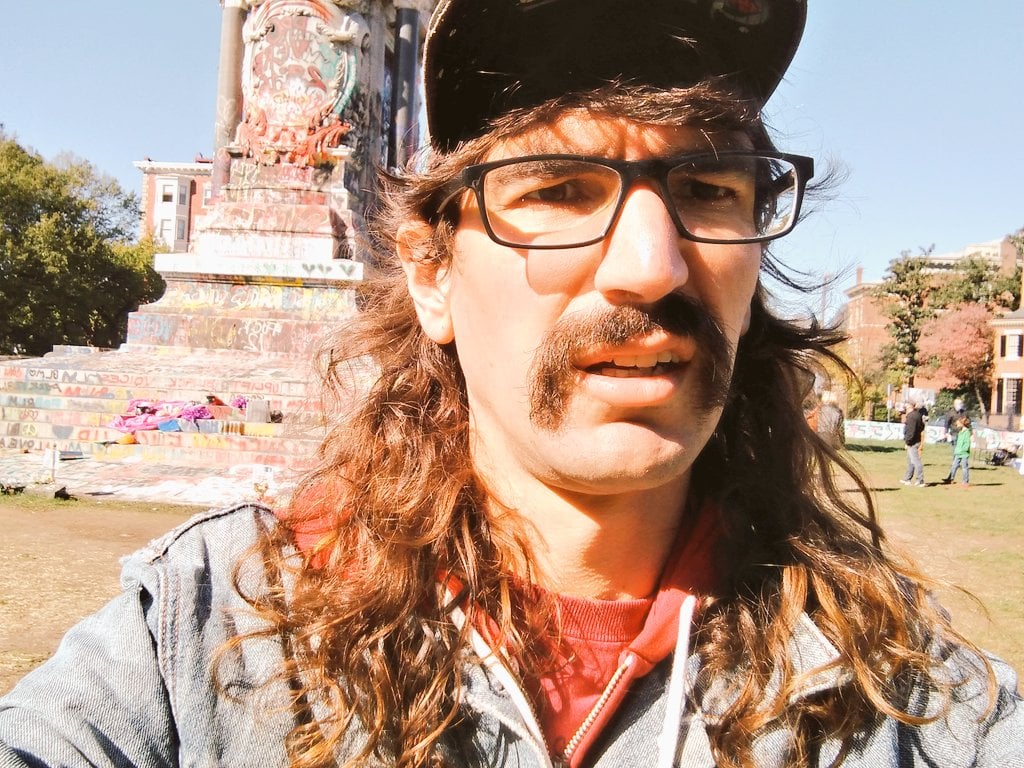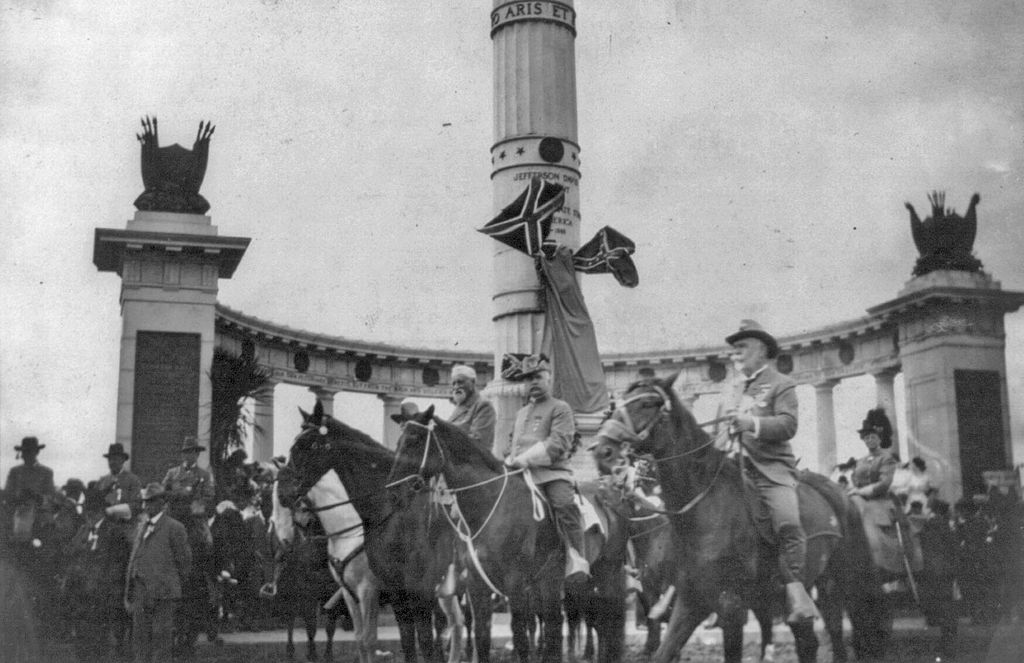Dismantling the Confederacy's legacy as one of the most ubiquitous brands in American history is not easy. But, as Rachel Scott Everett writes, progress is finally being made. On July 1, 2020, I stood with hundreds of masked observers to witness history in my hometown...





